Discover the Magic of Washoku: The Quintessential Japanese Cuisine
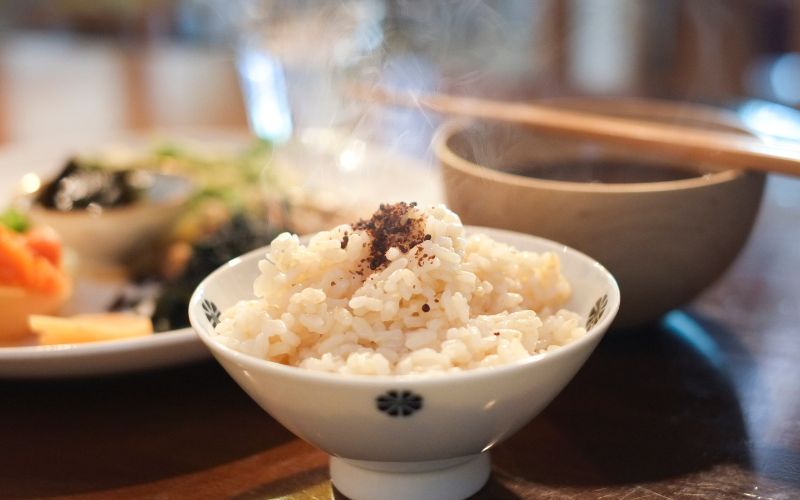
Discover the Magic of Washoku: The Quintessential Japanese Cuisine
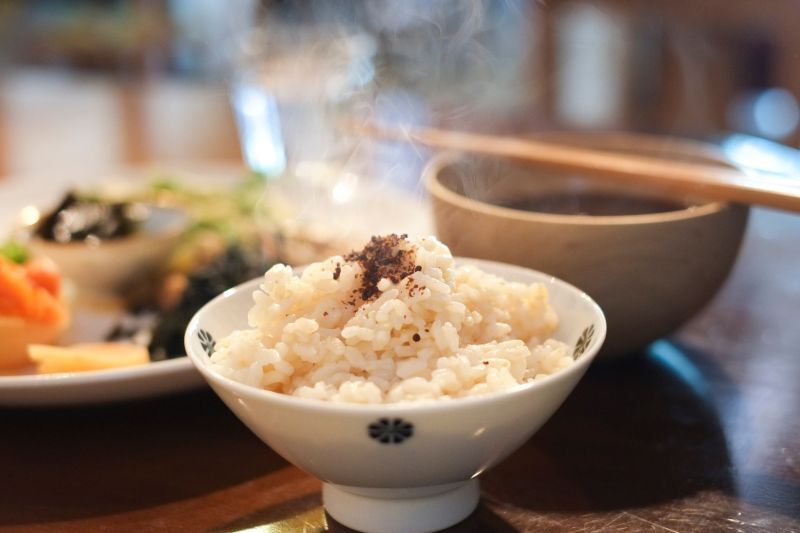
In December 2013, "Washoku: Traditional Dietary Cultures of the Japanese" was inscribed on UNESCO’s Intangible Cultural Heritage list. This recognition highlights the profound significance of Washoku (Japanese cuisine) as a cultural treasure. But what makes Washoku so special?
Let's explore its unique features and understand why it is cherished worldwide.
The Four Pillars of Washoku
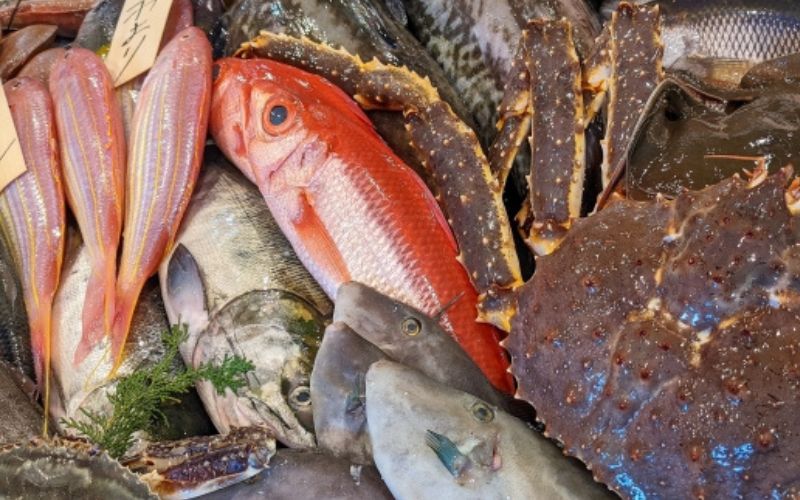
1. Diverse and Fresh Ingredients
Japan's geographical diversity, stretching from the chilly north of Hokkaido to the tropical south of Okinawa, offers an incredible variety of fresh ingredients. The surrounding seas provide an abundance of seafood, including fish, shellfish, and seaweed. Meanwhile, the fertile lands yield a plethora of vegetables, fruits, and mushrooms. This rich variety allows for a vast array of dishes that showcase the natural flavors of the ingredients.
Moreover, the cooking techniques in Japanese cuisine—such as boiling, steaming, grilling, frying, and raw preparation—further enhance the fresh taste of these ingredients. Each method is carefully chosen to bring out the best in the food, ensuring a delightful culinary experience.
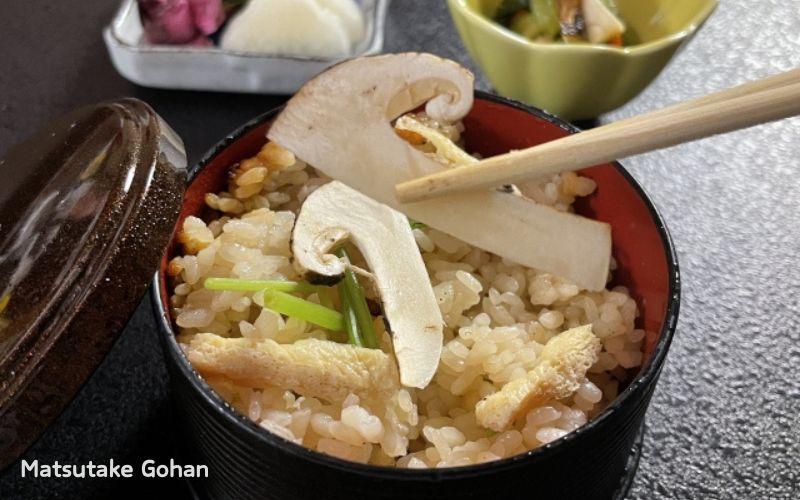
2. Seasonal Ingredients
Japan experiences four distinct seasons, each bringing its own bounty of seasonal ingredients. This seasonality is a core aspect of Washoku, emphasizing the use of ingredients at their peak freshness and nutritional value. Seasonal foods not only taste better but also provide higher nutritional benefits. For instance, spring is the season for tender bamboo shoots and fresh green peas, while autumn offers chestnuts and mushrooms suach as matsutake mushrooms, shiitake mushrooms, and so on. This celebration of seasonal produce allows people to enjoy a deep connection with nature through their meals.
3. Ideal Nutritional Balance
Washoku is renowned for its well-balanced meals, often consisting of the ichiju-sansai (one soup and three dishes) format. This includes a main dish (protein source like fish or tofu), two side dishes (vegetables or legumes), rice (as the staple), and miso soup. Such a meal configuration ensures that all essential nutrients—carbohydrates, proteins, vitamins, minerals, and fibers—are consumed in a single meal. This balanced diet is key to maintaining good health and preventing lifestyle diseases.
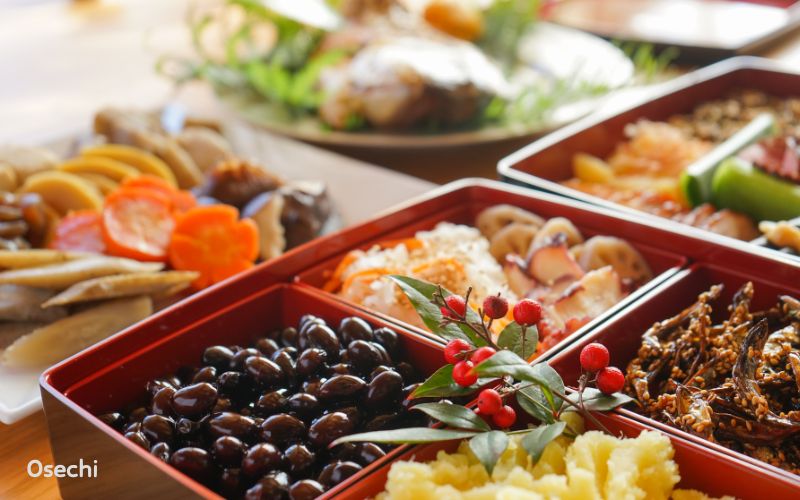
4. Festive and Communal Meals
Japanese cuisine is deeply intertwined with cultural and seasonal festivals. Traditional dishes are prepared for celebrations such as New Year (osechi-ryori), Setsubun (eating eho-maki), and other local festivals. These communal meals strengthen family and community bonds, reinforcing the cultural heritage and shared joy of seasonal changes and festive occasions.
The Health Benefits of Washoku
Balanced Nutrition: Ichiju-Sansai
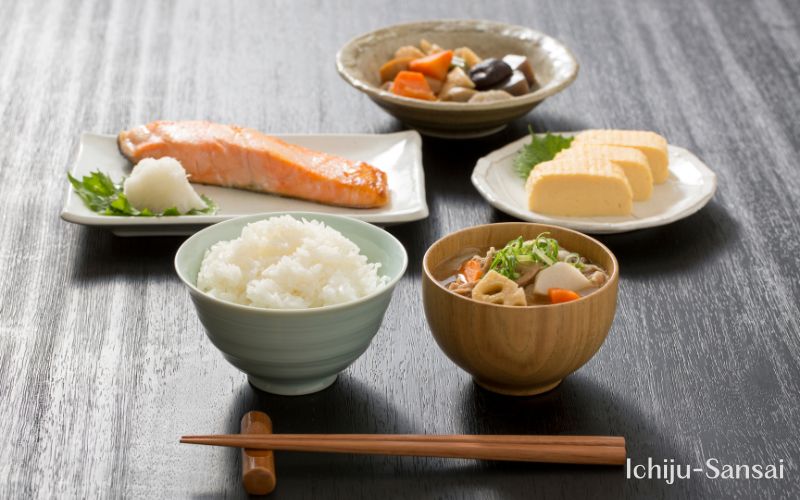
The traditional ichiju-sansai structure exemplifies an ideal meal balance. "Ichiju Sansai" is a traditional Japanese meal style that means "one soup and three dishes." It typically includes rice, miso soup, a main dish, a side dish, and pickles. Rice, the staple, provides the necessary carbohydrates. The main dish offers proteins essential for muscle and blood health, while the side dishes contribute vitamins and minerals that help regulate bodily functions. The inclusion of miso soup ensures an intake of probiotics and additional nutrients, making the meal holistic and health-promoting.
Probiotic-Rich Fermented Foods
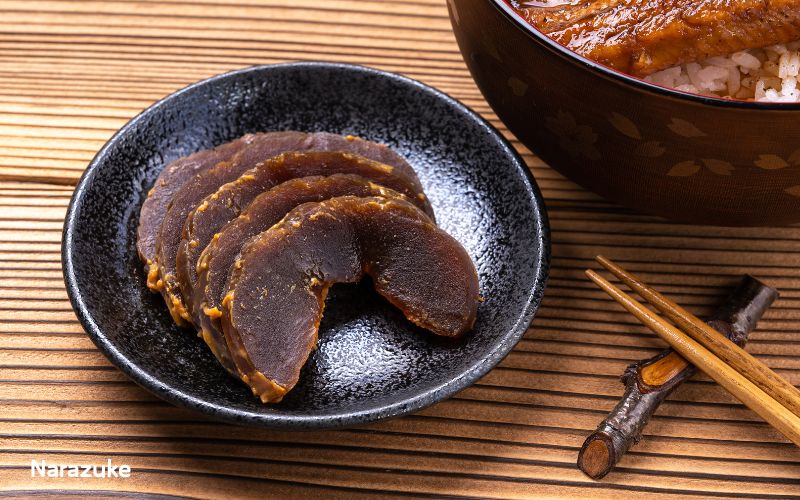
Fermented foods are a cornerstone of Japanese cuisine, including miso, soy sauce, vinegar, mirin, natto, and pickles like nukazuke. These foods are rich in probiotics, which help maintain a healthy gut microbiome. For example, natto contains Bacillus subtilis, which can survive stomach acid and reach the intestines to promote gut health. Regular consumption of these fermented foods supports digestion, boosts the immune system, and contributes to overall well-being.
Low in Fat and Calories
Washoku’s emphasis on steaming, boiling, grilling, and minimal frying leads to dishes that are low in fat and calories. The fats that are used, particularly from fish, are rich in omega-3 fatty acids like DHA and EPA. These healthy fats help lower cholesterol levels and reduce the risk of arteriosclerosis. The use of umami-rich dashi (soup stock made from kelp and bonito flakes) minimizes the need for excessive oils and animal fats, contributing to the health benefits of Washoku.
Flavorful and Satisfying
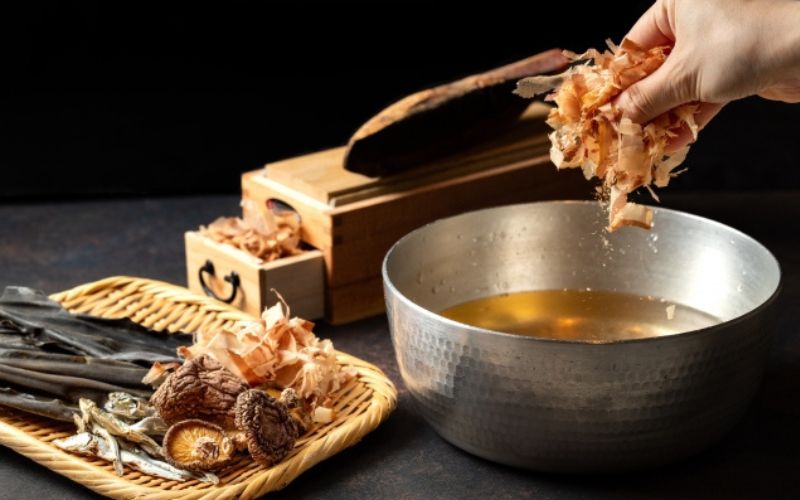
The umami flavor, derived from ingredients like kelp, bonito flakes, and mushrooms, plays a crucial role in Japanese cuisine. Umami enhances the natural taste of food, making dishes satisfying without the need for heavy sauces or seasonings. This subtle flavor profile helps in reducing the intake of unhealthy fats and sugars, promoting a healthier diet overall.
Embracing Washoku in Your Daily Life
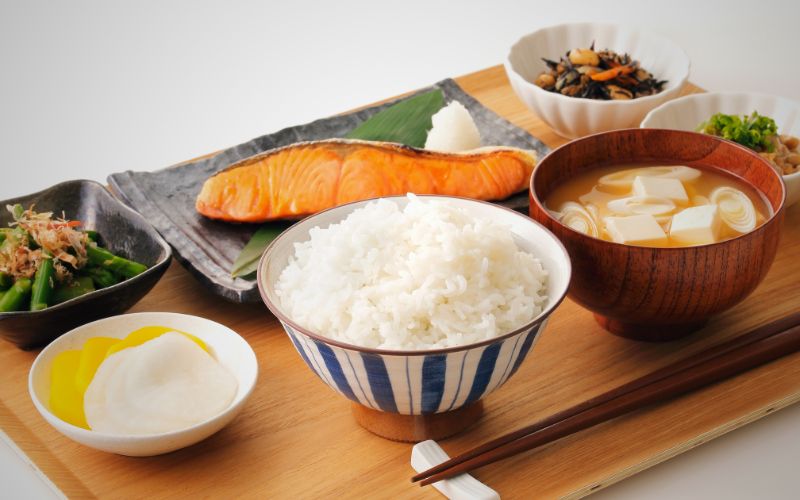
Integrating elements of Washoku into your daily meals can be simple and highly beneficial. Here are a few tips to get started:
✅Include Rice: Make rice a staple in your diet. Opt for brown rice for added fiber and nutrients.
✅Add Miso Soup: Incorporate a bowl of miso soup into your meals. It's easy to prepare and packed with probiotics.
✅Use Seasonal Ingredients: Try to use fresh, seasonal ingredients whenever possible. They are more nutritious and flavorful.
✅Explore Fermented Foods: Incorporate fermented foods like natto, pickles, or miso into your diet. They are excellent for gut health.
✅Opt for Healthy Cooking Methods: Favor steaming, boiling, and grilling over frying. These methods preserve the nutrients and reduce calorie intake.
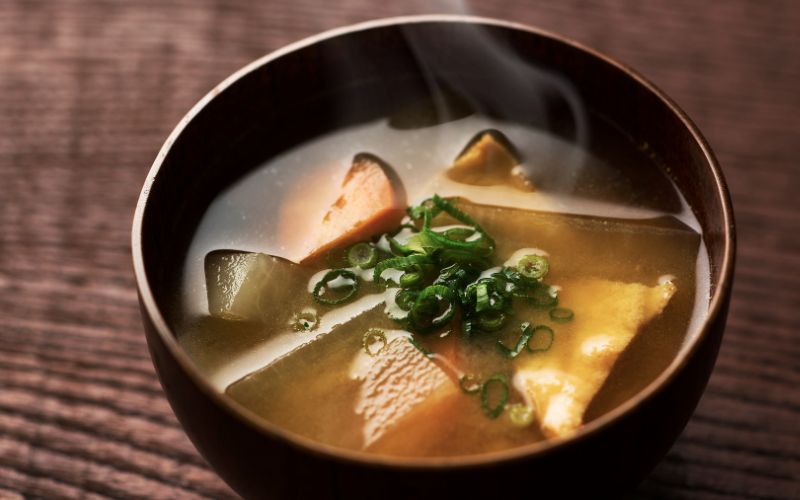
By embracing the principles of Washoku, you not only enjoy delicious and satisfying meals but also contribute to your long-term health and well-being. So why not start today? Discover the magic of Washoku and bring a taste of Japan's rich culinary tradition into your home.
Explore more Japanese foods at JapanVillage on Amazon.com as well!
We also have a store on Amazon Australia!



Facebook Comments